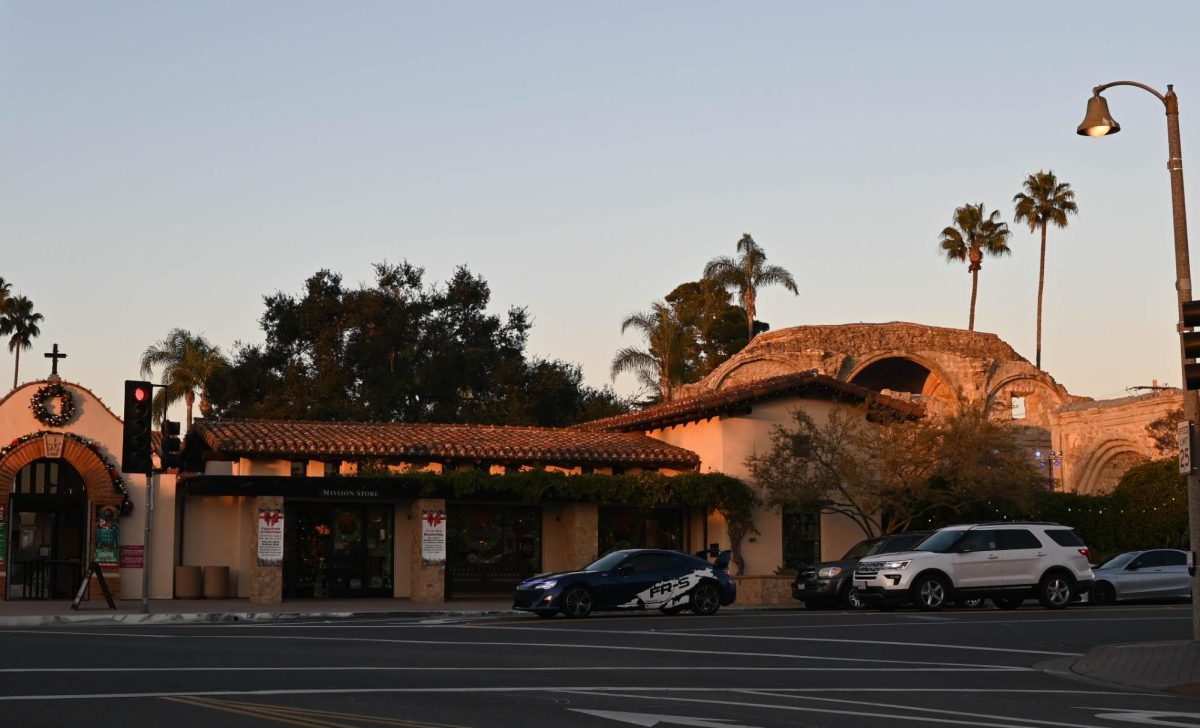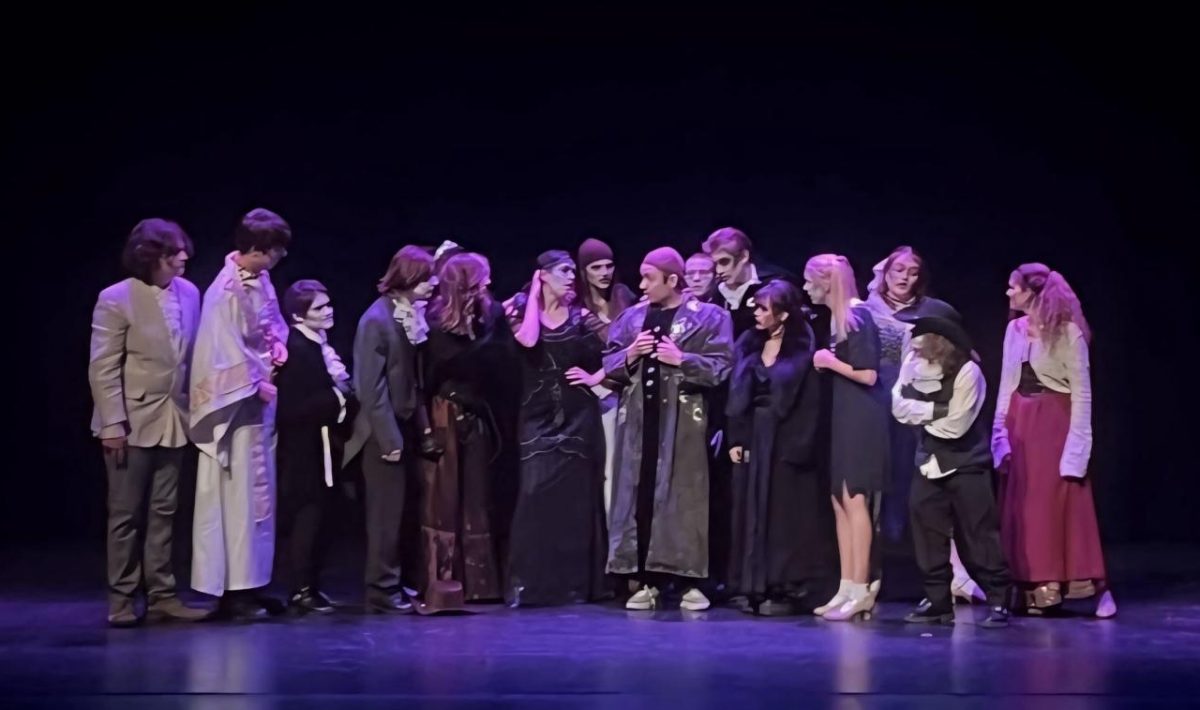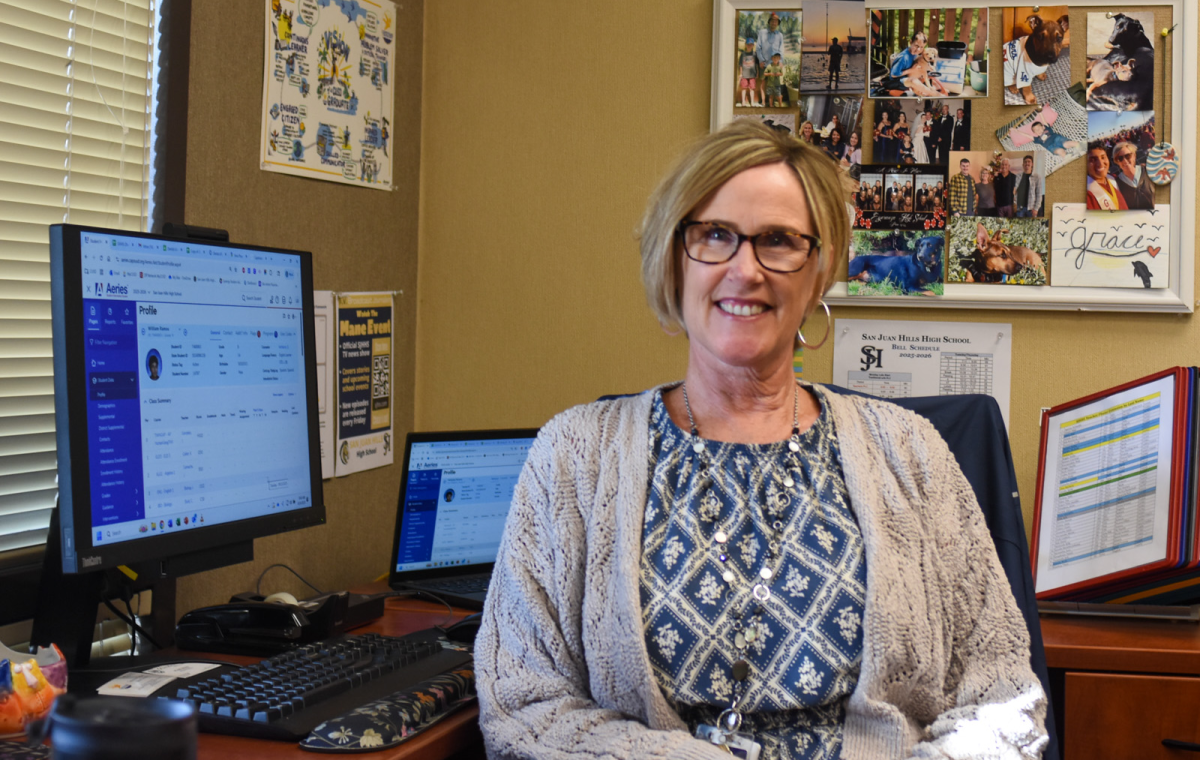San Juan Capistrano is home to around 34,000 people. Generations of swallows, landmarks, and missionaries tell stories of this city’s history.
Mission Basilica is a historic landmark and exhibit of San Juan. The Mission represents Mexican, European, Spanish, and Native American heritage. It celebrates and embraces cultures and traditions like the Swallows Parade and the historical bell ringing.
“Junipero Serra [founded the Mission] on November 1, 1776, as the seventh of 21 missions to be established in California by the Spanish. It had originally been started at the end of October 1775, but it had to be abandoned after only a week,” says the Mission Basilica website.
San Juan Capistrano’s Mission was established to spread the belief of God to California natives and to expand Spain’s territory. Missionaries and presidios (military posts) were to protect and manage a successful mission. Their goal at the time was to convince Native American tribes such as the Acjachemen (Ah-HAWSH-eh-men) to become Catholic and be forced into the life of a Spanish villager.
“The object was to transform them into self-sustaining Spanish subjects and members of the colonial order. Presidios were to protect the missions from hostile natives and also to protect the territory from potential incursion by Russia or other European powers,” says Mission Basilica.
Due to all the diseases and exposure to sickness like measles, syphilis, pneumonia, and tuberculosis that was introduced by the Spanish, surrounding populations began to shrink, as did Mission participation as the early 1800s progressed.
California became a state in 1850 and gained ownership of the Mission, but it was restored to the Catholic Church in 1865. Mission Basilica went through a revival because of artists and visionaries in the late 1800s. The Mission as it’s known today welcomes over three hundred thousand visitors annually.
Located right down the street from The Mission, The Los Rios District is the oldest neighborhood in California. The neighborhood features original adobe homes built by the Acjachemen. The structures now are mostly private residences and businesses. Coffee shops, a tea house, art stores, the train station, annual ghost tours, Christmas tree lighting, museums, a petting zoo, and antique stores occupy Los Rios Street.
The Montanez Adobe home, surrounded by a butterfly garden and Los Rios public park, is one of the original homes built by the Acjachemen from 1794.
“The Montanez Adobe was the home of Dona Poloninia Montanez, the daughter of Tomas Gutierrez, an early mission carpenter. Between 1886 and 1910, the Montanez Adobe gained spiritual significance following the secularization of the Mission,” says the National Park Service website.
Inside the home is a tiny chapel arranged by nurse and spiritual leader Dona Montanez herself. This chapel became a village sanctuary after its construction, leading to the growth of the district and its surrounding establishments.
Los Rios has been a tourist attraction for decades. It benefits San Juan Capistrano because it preserves the history and heritage of San Juan. Throughout the years, development has increased. It has a variety of restaurants like Bloom, Selmas, Mayfield, Rancho Winery, and El Adobe.
The atmosphere of Los Rios is soothing and enjoyable to walk through. Surrounded with willow and oak trees, dirt roads, shops, art, cacti, and flowers that the neighborhood’s historic value lives on.















frank Smith • Dec 16, 2023 at 7:03 PM
I think Caoimhin did a fantastic job of explaining this. A very intelligent woman.